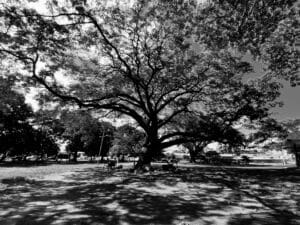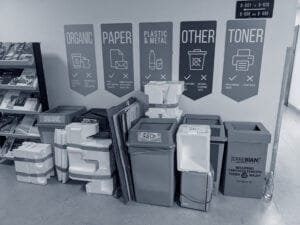Encouraging Water Conservation
HIGHLIGHTS
- We worked with the City of Belen, Costa Rica and the World Bank to design and test behavioral interventions to reduce residential water consumption.
- Our findings reveal that simple, one-time interventions leveraging behavioral science principles are effective at reducing residential water consumption, and that the results persist for several months after the intervention.
The Challenge
Many places in the world face water shortages, making it important for households and other users not to waste water or seek ways to conserve it. Since water consumption is typically the result of many small decisions made by individuals within households, there is scope to try out interventions that target household water consumption. The City of Belen in Costa Rica, which faced an imminent water shortage and previously tried awareness and communication campaigns, was interested in testing alternative approaches to reduce household water consumption.
Our Approach
We partnered with the World Bank and the City Belen to design and test ways to reduce domestic water consumption. We began by conducting focus group interviews to understand the barriers to reducing water consumption. Our fieldwork showed that while the residents of Belen were both aware of the need to conserve water and were inclined towards doing so, they had very little sense of whether their current consumption was excessive, and if so, how to make changes that would be significant while also meeting their needs for water.
As a result of these findings, we designed three interventions:
- Two stickers on the water bill, both leveraging descriptive social norms/peer comparisons with different reference groups (city vs. neighborhood). The stickers compared a household’s water consumption to the average in its neighborhood and gave them feedback and tips depending on whether their consumption exceeded or was lower than the mean.
- A “planning postcard” that prompted residents to compare their own water consumption as shown on the water bill with the average for Belen. The postcard also provided actions residents could take to reduce consumption.
Results
We tested these interventions in a multi-arm randomized controlled trial with all residential consumers in Belen in the sample. We found nearly a 5% reduction in water consumption from the stickers on the water bill. There was a similar reduction from the postcard that prompted the household to compare their consumption to that of the average household in their neighborhood, and make a plan for how to reduce it if it was higher than the average. The changes persisted for over four months.
Takeaway
We find that even a simple one-time intervention leveraging behavioral science principles is effective at reducing residential water consumption, and that the results persist for several months after the intervention.
Interested in learning more about this work applying behavioral science to a crucial social problem? Reach out to us at info@ideas42.org or tweet at @ideas42 to join the conversation.
Partners










